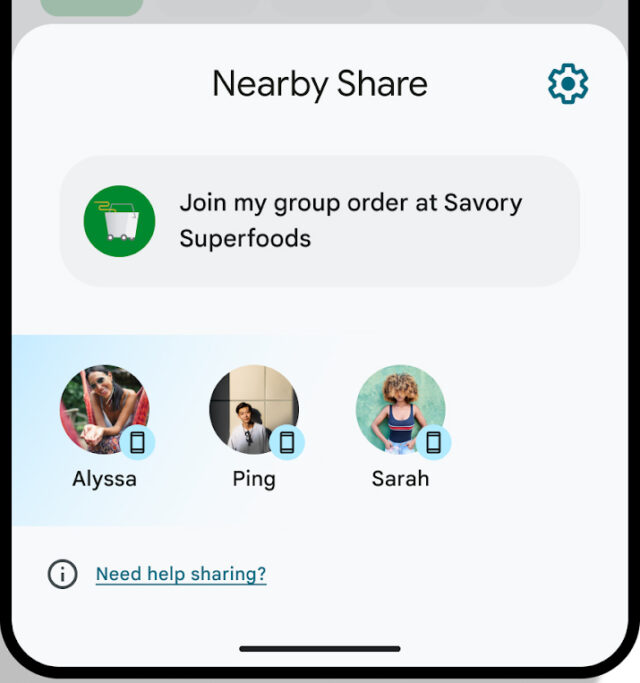
Google Wants Future Android Apps to Work Across a Range of Devices
Android apps run on Android-based devices, obviously, but Google wants to connect apps to a wide range of platforms. Google has announced new “multi-device experiences” are coming to Android, and it’s handed developers a new SDK to make it happen. It has tools to simplify device discovery, connection, and authentication, allowing apps on your phone to reach out beyond the Android world. At least, that’s the goal. To start, cross-device apps will focus on linking multiple Android devices together to enable collaboration and sharing in new ways.
Google first talked about the Cross Device SDK at I/O this past May, but it wasn’t one of the company’s keynote announcements.
The SDK uses essentially every wireless technology to negotiate connections, including Wi-Fi, Bluetooth, and ultra-wideband. Developers don’t have to worry about the intricacies of how two different devices talk — the SDK . It can share current app states, start apps on a secondary device, and hand off tasks between the devices.

Google provides a few examples of how cross-device connections could improve apps. Imagine you’re ordering food at a restaurant that uses mobile apps instead of paper menus. An app developed with the Cross Device SDK could link your party’s phones, allowing everyone to add to an order without passing a single phone around the table. It could also make content on the devices that belong to you easier to access. The new SDK could lead to apps that share location and map data seamlessly between your Android phone, tablet, and an in-vehicle navigation system. You could also start reading an article on your phone, and then pick up your tablet to continue where you left off instantly.
Developers can start tinkering with all these features today, but the SDK is only available as a preview. The final version won’t be available until later, and Google isn’t providing a specific timeline. Also unknown is when the Cross Device SDK will support non-Android systems. Google says it intends to enable device connections to Windows and iOS, but that’s probably more of an aspirational goal. We’ll have to see if the Android-to-Android functionality works the way Google hopes, and whether developers embrace it.
Now read: